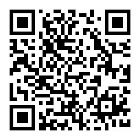ANSI/ASTM D5045-1999 塑料平面應(yīng)變裂縫強(qiáng)度和應(yīng)變能量釋放速率測試方法
作者:百檢網(wǎng) 時間:2021-07-16
中文標(biāo)準(zhǔn)名稱:塑料平面應(yīng)變裂縫強(qiáng)度和應(yīng)變能量釋放速率測試方法
英文標(biāo)準(zhǔn)名稱:Test Method for Plane-Strain Fracture Toughness and Strain Energy Release Rate of Plastic Materials (08.03)
標(biāo)準(zhǔn)類型:G31
發(fā)布日期:1999/12/31 12:00:00
實(shí)施日期:1997/3/5 12:00:00
中國標(biāo)準(zhǔn)分類號:G31
國際標(biāo)準(zhǔn)分類號:83.080.01
適用范圍:These test methods are designed to characterize the toughness of plastics in terms of the critical-stress-intensity factor, KIc, and the energy per unit area of crack surface or critical strain energy release rate, GIc, at fracture initiation. Two testing geometries are covered by these test methods, single-edge-notch bending (SENB) and compact tension (CT). The scheme used assumes linear elastic behavior of the cracked specimen, so certain restrictions on linearity of the load-displacement diagram are imposed. A state-of-plane strain at the crack tip is required. Specimen thickness must be sufficient to ensure this stress state. The crack must be sufficiently sharp to ensure that a minimum value of toughness is obtained. The significance of these test methods and many conditions of testing are identical to those of Test Method E 399, and, therefore, in most cases, appear here with many similarities to the metals standard. However, certain conditions and specifications not covered in Test Method E 399, but important for plastics, are included. This protocol covers the determination of GIc as well, which is of particular importance for plastics. These test methods give general information concerning the requirements for KIc and GIc testing. As with Test Method E 399, two annexes are provided which give the specific requirements for testing of the SENB and CT geometries. Test data obtained by these test methods are relevant and appropriate for use in engineering design. This standard does not purport to address all of the safety concerns, if any, associated with its use. It is the responsibility of the user of this standard to establish appropriate safety and health practices and determine the applicability of regulatory limitations prior to use.There is currently no ISO standard that duplicates these test methods. Pending ISO/CD 13586 covers similar testing and references this test method for testing conditions.
相關(guān)標(biāo)準(zhǔn)
《TB 10218-2019》鐵路工程基樁檢測技術(shù)規(guī)程 TB 10218-2019
《JGJ145-2013》混凝土結(jié)構(gòu)后錨固技術(shù)規(guī)程 JGJ145-2013 附錄C
《JGJ145-2013》混凝土結(jié)構(gòu)后錨固技術(shù)規(guī)程 JGJ145-2013
《GB 12952-2011》聚氯乙烯(PVC)防水卷材 GB 12952-2011
《JGJ 8-2016》建筑變形測量規(guī)范 JGJ 8-2016 6
《JGJ 8-2016》建筑變形測量規(guī)范 JGJ 8-2016 7.1
《T/CECS 02-2020》超聲回彈綜合法檢測混凝土抗壓強(qiáng)度技術(shù)規(guī)程 T/CECS 02-2020
《JGJ 7-2010》空間網(wǎng)格結(jié)構(gòu)技術(shù)規(guī)程 JGJ 7-2010 6
《JGJ 7-2010》空間網(wǎng)格結(jié)構(gòu)技術(shù)規(guī)程 JGJ 7-2010 3和6
百檢能給您帶來哪些改變?
1、檢測行業(yè)全覆蓋,滿足不同的檢測;
2、實(shí)驗(yàn)室全覆蓋,就近分配本地化檢測;
3、工程師一對一服務(wù),讓檢測更精準(zhǔn);
4、免費(fèi)初檢,初檢不收取檢測費(fèi)用;
5、自助下單 快遞免費(fèi)上門取樣;
6、周期短,費(fèi)用低,服務(wù)周到;
7、擁有CMA、CNAS、CAL等權(quán)威資質(zhì);
8、檢測報告權(quán)威有效、中國通用;
客戶案例展示
相關(guān)商品
相關(guān)資訊

最新資訊
版權(quán)與免責(zé)聲明
①本網(wǎng)注名來源于“互聯(lián)網(wǎng)”的所有作品,版權(quán)歸原作者或者來源機(jī)構(gòu)所有,如果有涉及作品內(nèi)容、版權(quán)等問題,請在作品發(fā)表之日起一個月內(nèi)與本網(wǎng)聯(lián)系,聯(lián)系郵箱service@baijiantest.com,否則視為默認(rèn)百檢網(wǎng)有權(quán)進(jìn)行轉(zhuǎn)載。
②本網(wǎng)注名來源于“百檢網(wǎng)”的所有作品,版權(quán)歸百檢網(wǎng)所有,未經(jīng)本網(wǎng)授權(quán)不得轉(zhuǎn)載、摘編或利用其它方式使用。想要轉(zhuǎn)載本網(wǎng)作品,請聯(lián)系:service@baijiantest.com。已獲本網(wǎng)授權(quán)的作品,應(yīng)在授權(quán)范圍內(nèi)使用,并注明"來源:百檢網(wǎng)"。違者本網(wǎng)將追究相關(guān)法律責(zé)任。
③本網(wǎng)所載作品僅代表作者獨(dú)立觀點(diǎn),不代表百檢立場,用戶需作出獨(dú)立判斷,如有異議或投訴,請聯(lián)系service@baijiantest.com








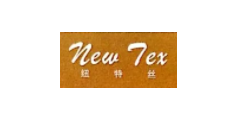
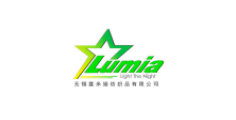
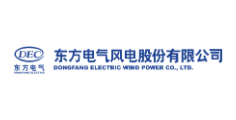


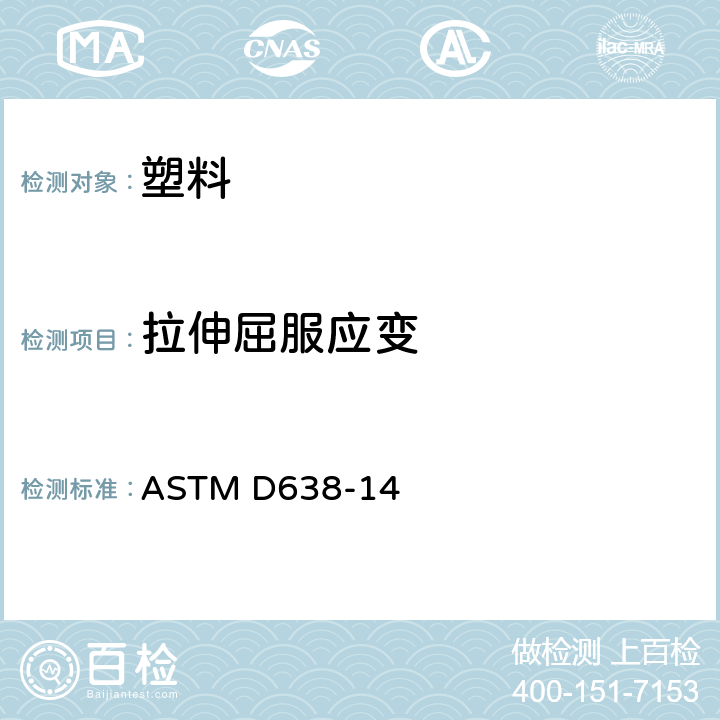
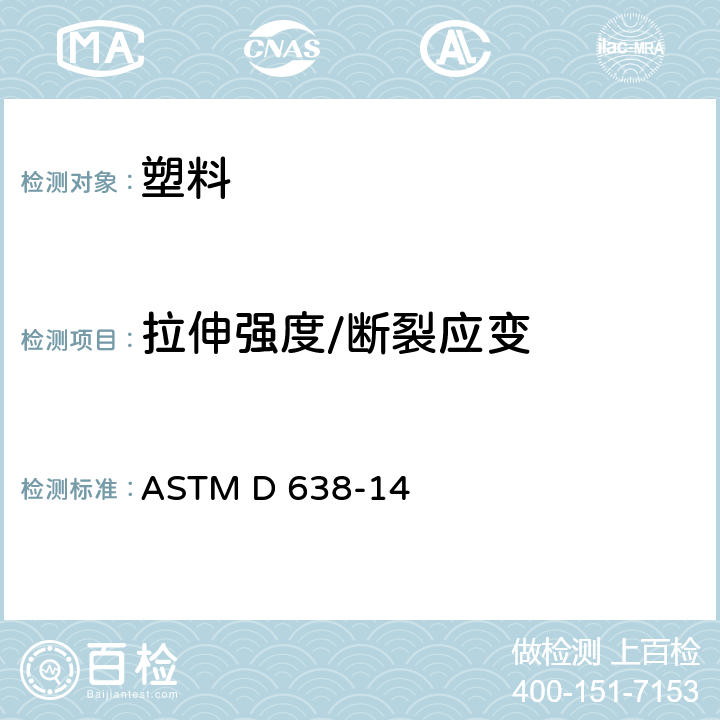
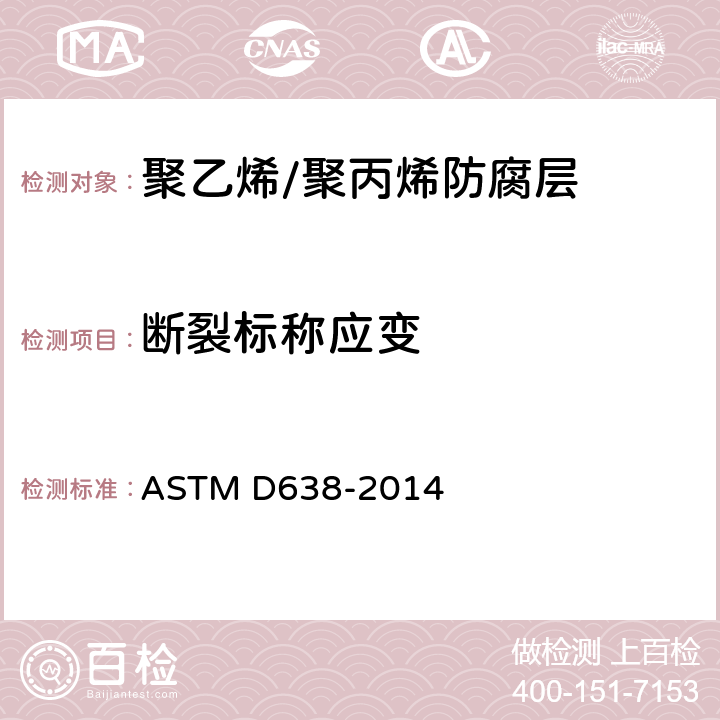

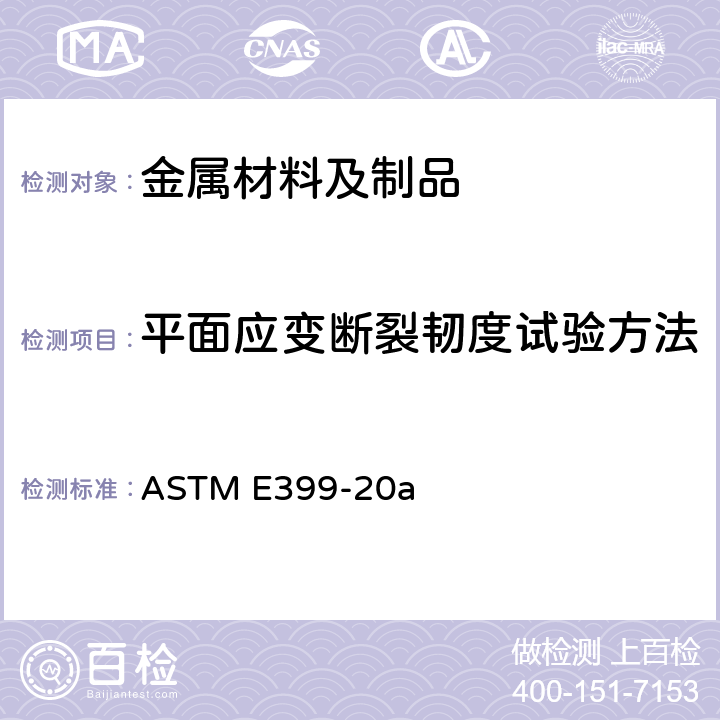

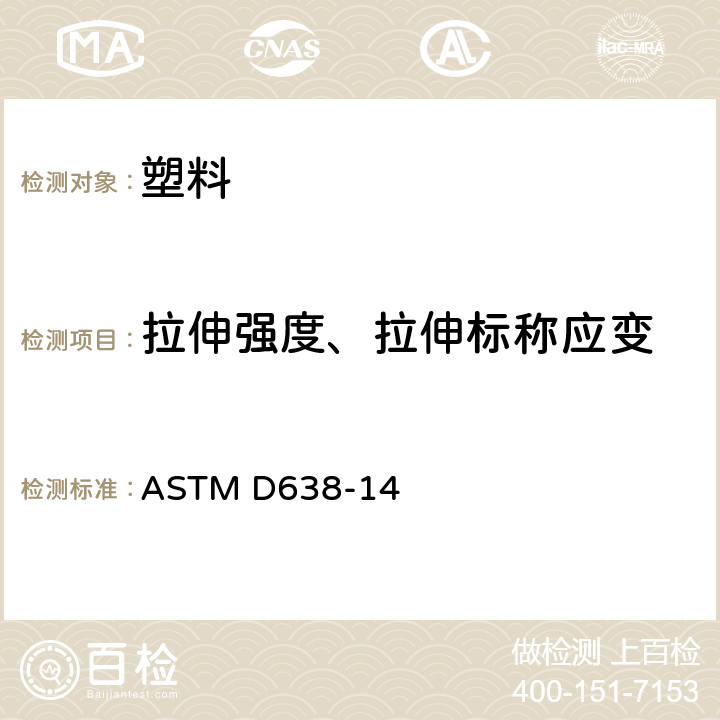
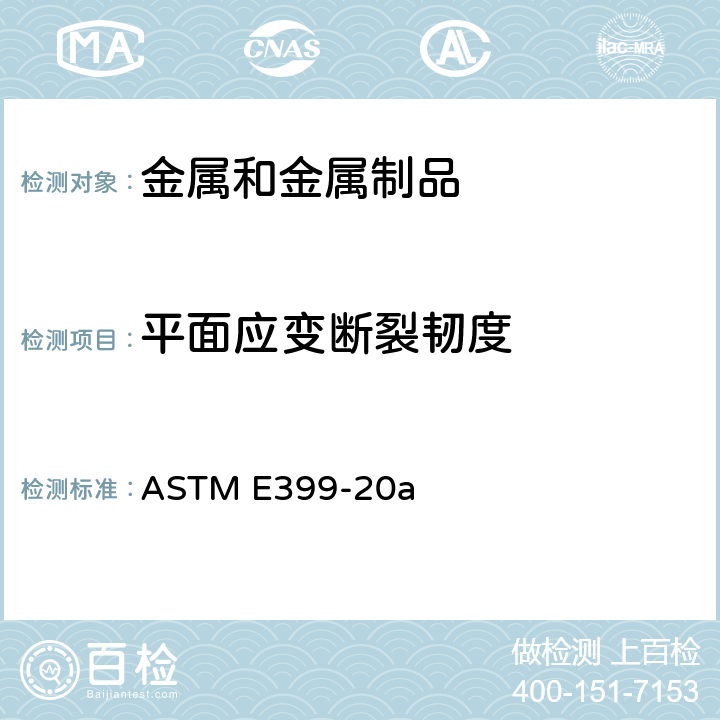

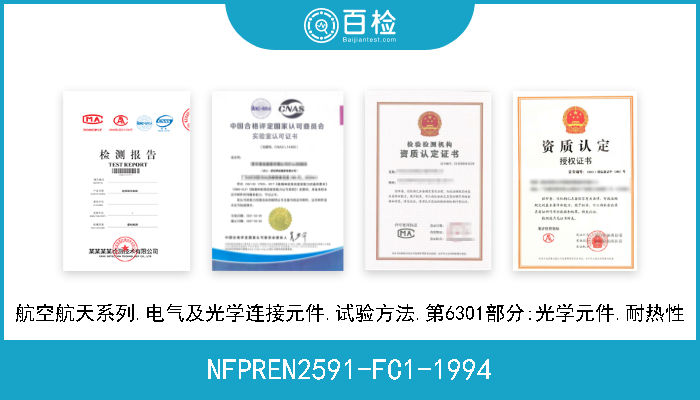
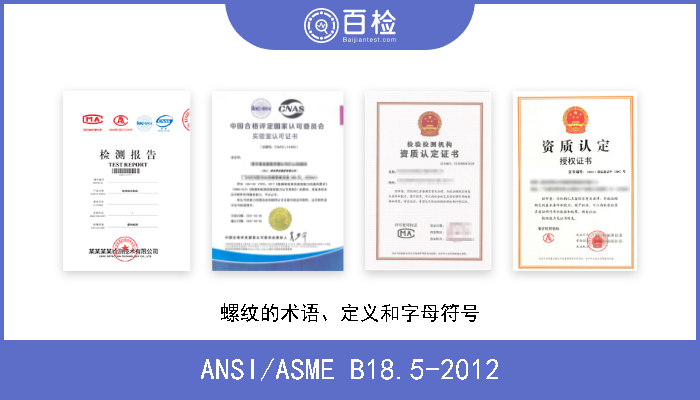


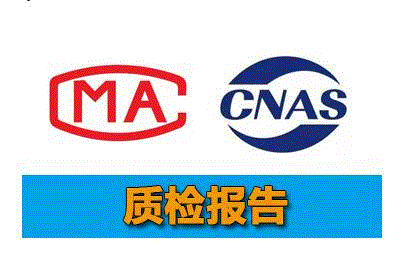
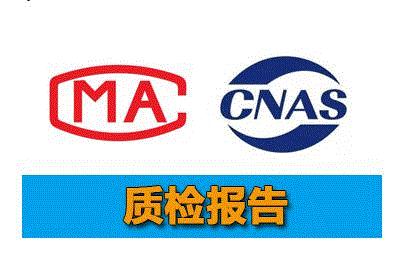
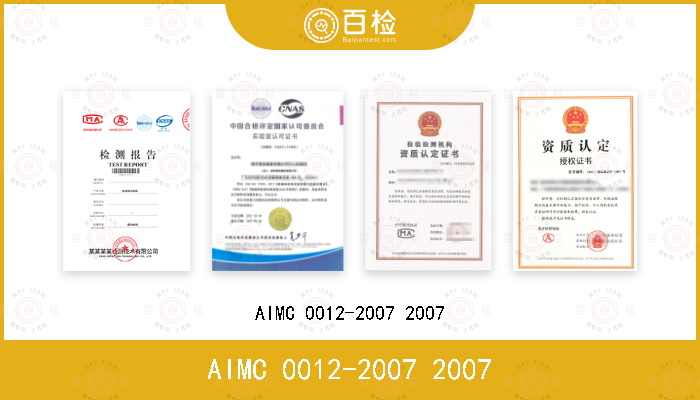
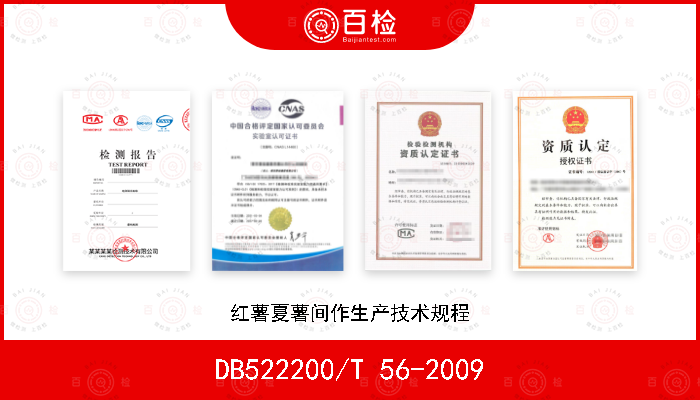


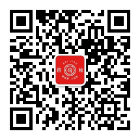
 400-101-7153
400-101-7153 15201733840
15201733840